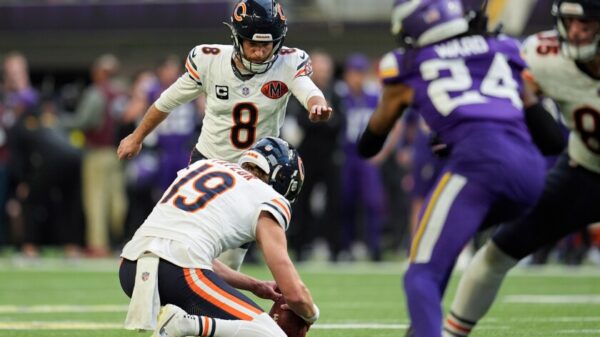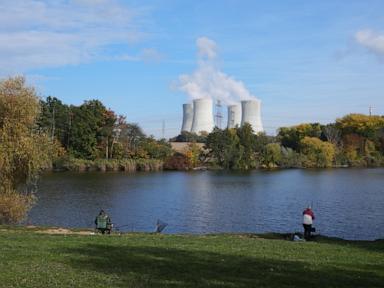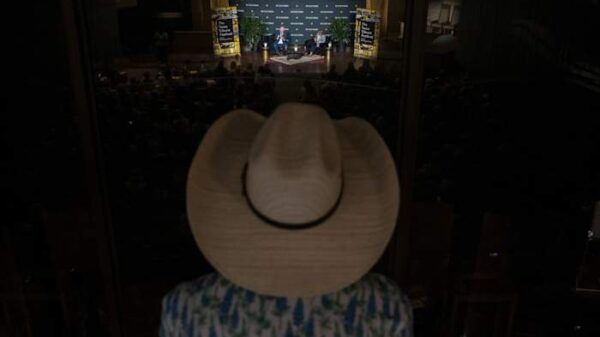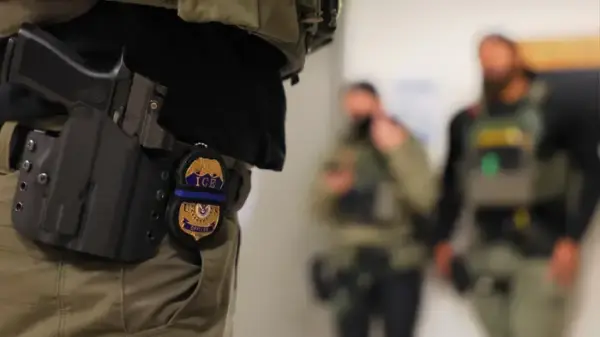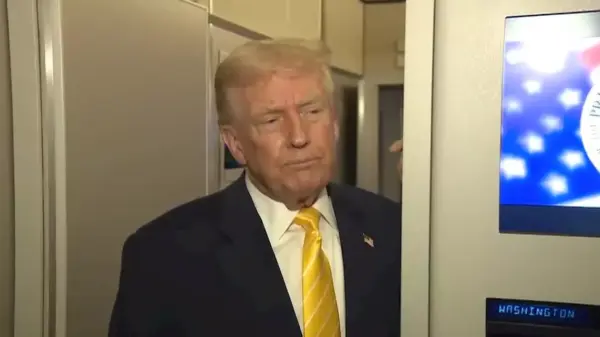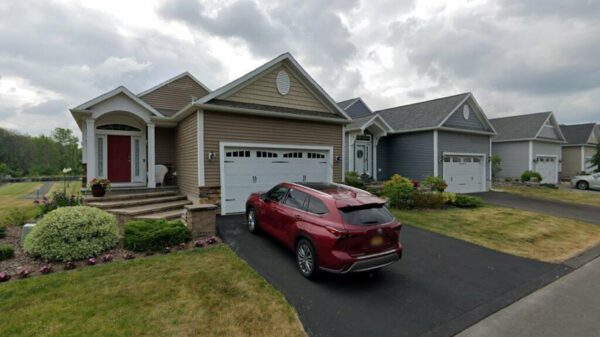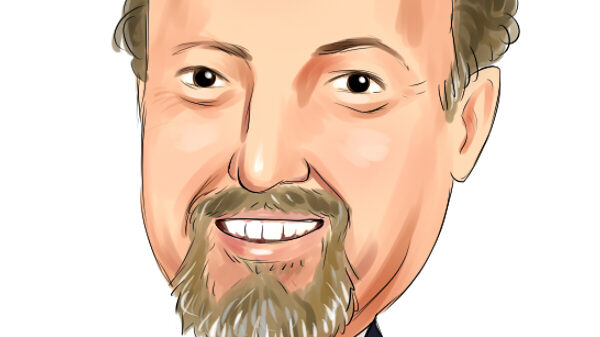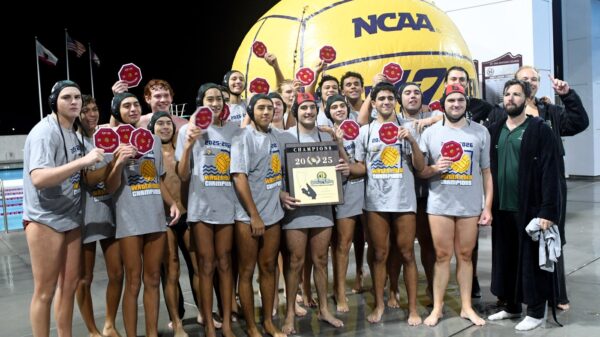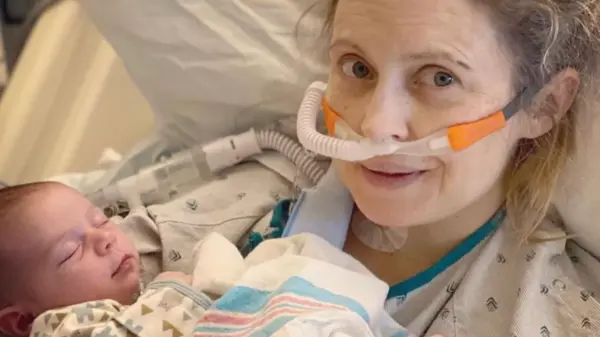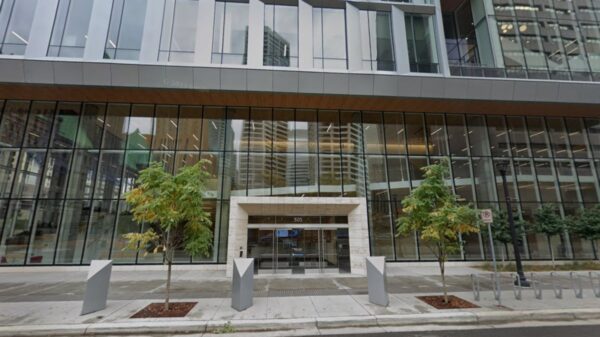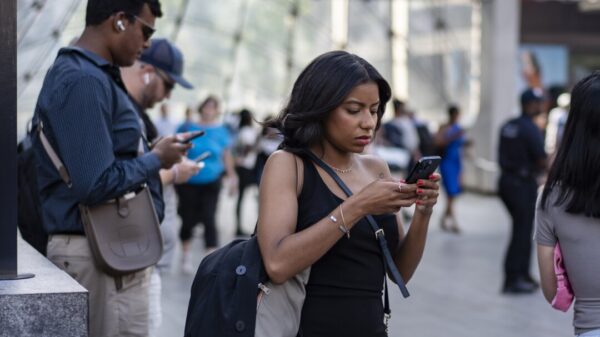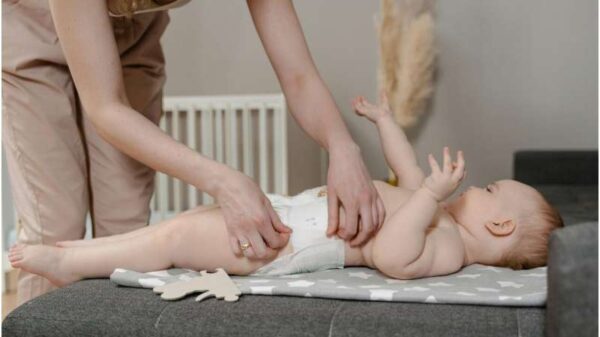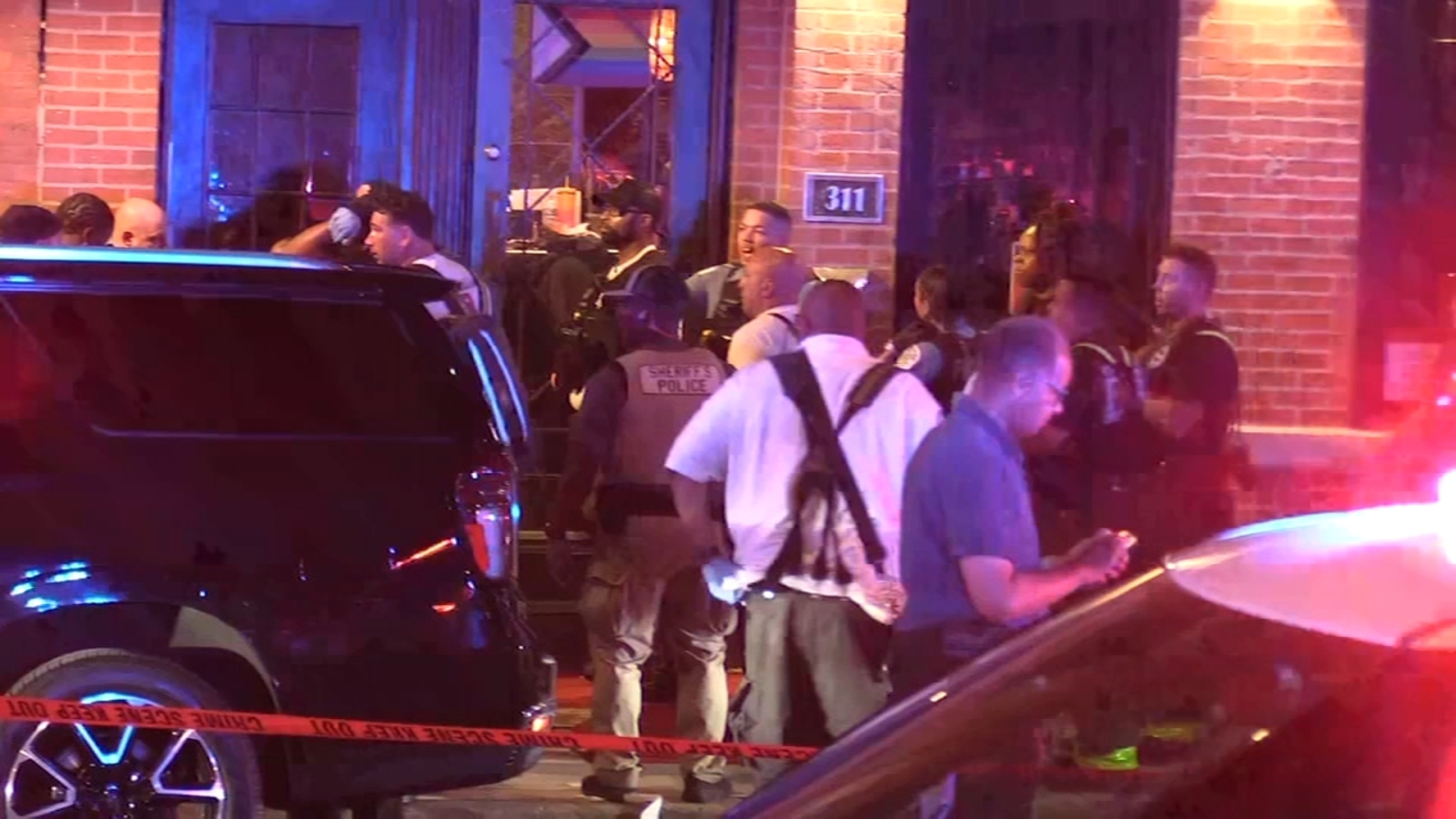Chicago continues to grapple with gun violence, but recent data from the Chicago Police Department indicates a significant decline in shootings over the past year. The number of shooting victims has decreased to 2,225, marking a 28% drop compared to the average of the previous three years. Fatal shootings have also decreased by 25%, while non-fatal shootings have fallen by more than 28%.
Improvements Amid Ongoing Challenges
The data analysis conducted by the ABC7 Data Team highlights a shift in the landscape of gun violence in the city. These numbers reflect the ongoing efforts of various anti-violence organizations that have been pivotal in addressing the crisis. Despite these promising statistics, community leaders stress that the fight against gun violence is far from over, and more work is needed to sustain and further these improvements.
Yolanda Androzzo, the executive director of One Aim Illinois, emphasizes the necessity of continued investments in community violence intervention programs. “We need more investments in healing the trauma of our communities, mostly Black and Brown communities, who have experienced gun violence,” she stated. Her remarks underscore the importance of addressing the root causes of violence through community support and resources.
Teny Gross, CEO of The Institute For NonViolence Chicago, echoes Androzzo’s sentiments regarding funding. He advocates for a balanced approach to public safety that includes not only law enforcement but also community-based initiatives. “We are part of public safety. So, when everyone talks about funding for the police, we also fund the other part of it,” Gross explained. He remains optimistic about the potential for change in Chicago, asserting, “We will change this city. I know that.”
Community Engagement and Future Steps
The insights from Androzzo and Gross highlight a critical aspect of the ongoing battle against gun violence: community engagement. Both leaders agree that without sustained financial support for intervention programs, the progress made in lowering shooting rates could be jeopardized.
Chicago’s efforts to combat gun violence reflect a broader trend seen in urban centers across the United States, where local governments and organizations are increasingly recognizing the importance of holistic approaches to public safety. By investing in community resources and addressing the underlying issues contributing to violence, stakeholders hope to create lasting change.
As Chicago moves forward, the collaboration between anti-violence organizations, community leaders, and local authorities will be crucial in ensuring that the recent improvements in shooting statistics are not only maintained but built upon. The ongoing commitment to healing and prevention will remain vital to reducing gun violence in the city and fostering safer, more resilient communities.



